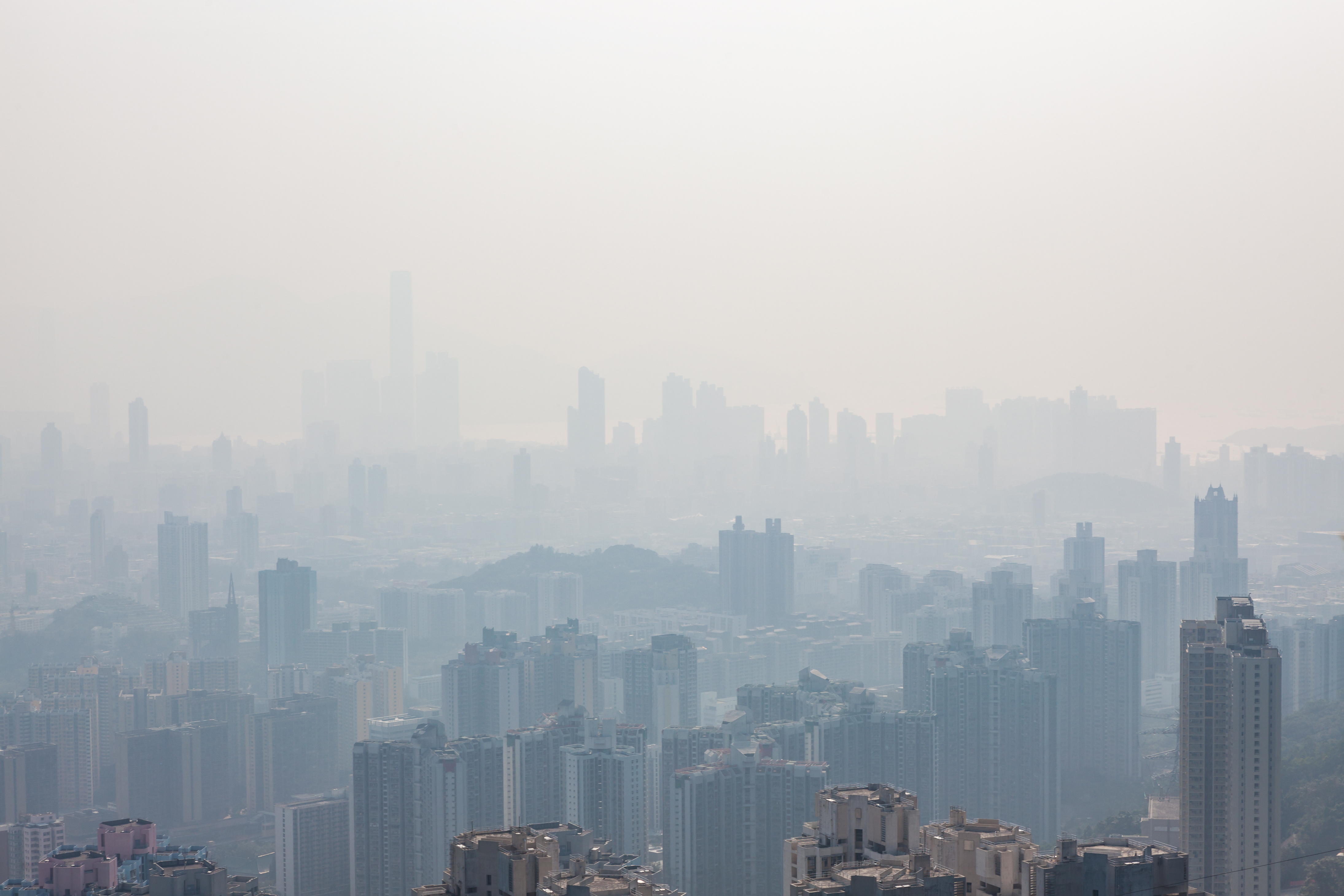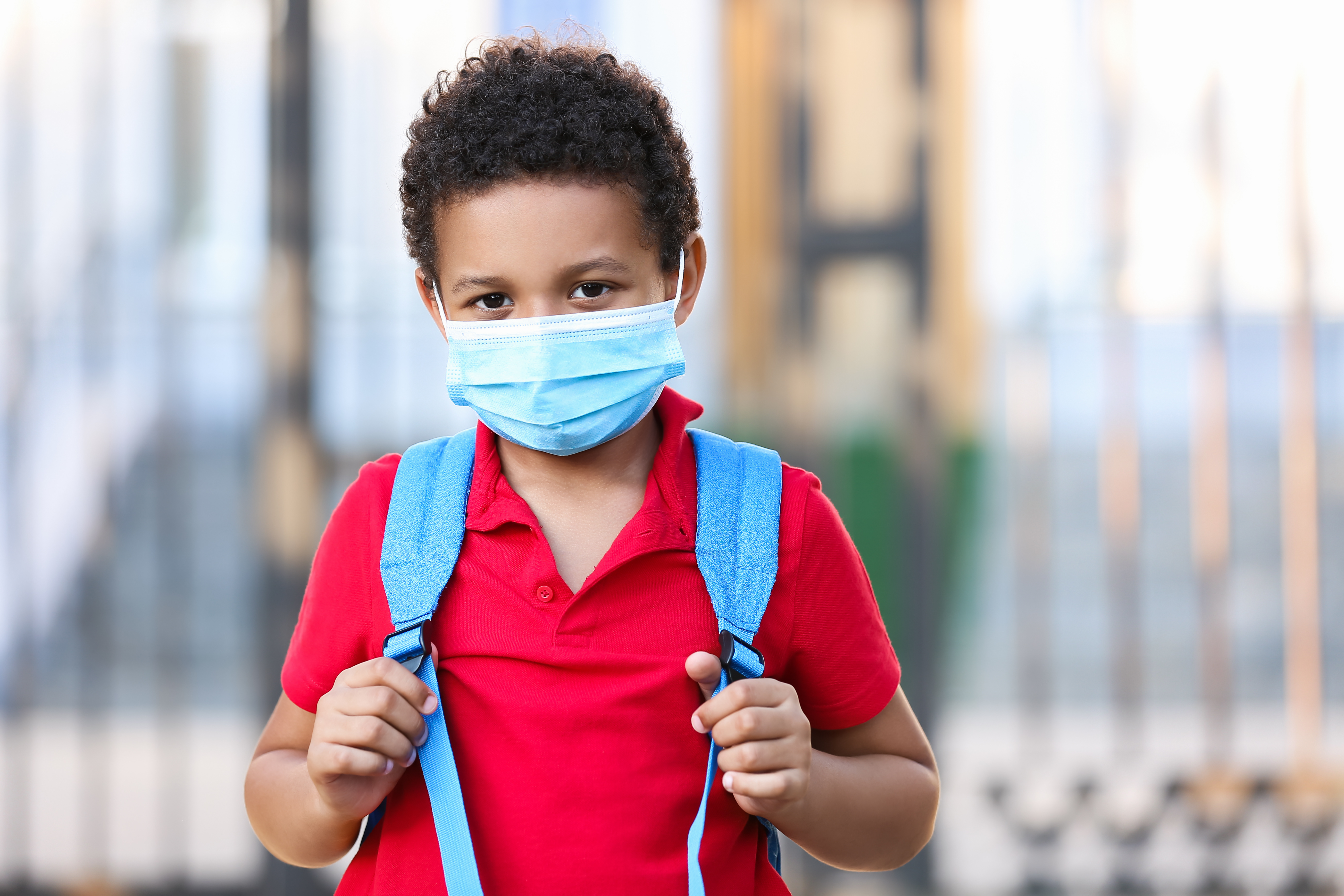Blog
Justice-Based Climate Action is Essential

Climate change is complex. This is true in terms of its drivers, its impacts, and our responses to it. The State of Global Air, a report that was published in 2024 in partnership with UNICEF, notes that air pollution is now the second highest risk factor for death globally. In 2021, air pollution accounted for 8.1 million deaths. Unfortunately, young children are especially vulnerable. Kids are at higher risk of pollution-related health impacts because they inhale more air relative to their body weight than adults and more readily absorb pollutants into their system while key organs like the lungs and brain are still developing. While children are particularly vulnerable, almost every person on earth breathes in unhealthy amounts of air pollution on a daily basis.

This level of air pollution highlights a need to pivot towards cleaner fuel sources. Worsening air quality is a result of climate change and a symptom of the damage we’re doing to the global environment. As with almost all environmental issues, the impacts of climate change are not shared equally. Just as children are more susceptible to the health effects of air pollution, some areas and groups of people are bearing the brunt of climate change more heavily than others. Poor communities and communities of color are more likely to suffer from both chronic environmental damage like pollution and acute climate-driven events like natural disasters. This is true at a global scale, as lower income countries in South America, Africa, and Asia suffer more from climate change than wealthier nations in Europe and North America that are largely at fault for the drivers of climate change. It’s also true on a domestic scale as communities of color are often most at risk for environmental exploitation in the United States. Therefore, any meaningful climate solutions will be focused on equity.
Justice-based climate action helps concentrate resources where they are needed most and considers the context in which a potential solution will be applied. This allows climate action to be more effective rather than focusing resources on the loudest voices or applying one-size-fits-all strategies to nuanced human problems. The ability to live in a healthy environment should not be a privilege for the global elite; it should be a right that all humans can enjoy.

Nuanced climate action is essential, but long-term engagement in environmental activism can also be draining and demoralizing as climate change continues to worsen. Climate anxiety describes the chronic sense of environmental doom that more and more people are facing. One solution to this growth in existential grief for our environment is eco-chaplains. These chaplains address burnout related to environmental activism from a spiritual lens. They serve seasoned advocates who are facing a sense of failure and grief after a lifetime of working for environmental causes and young people who are just getting started, but who are inheriting an environment already in crisis. One eco-chaplain, Gabrielle Gelderman, describes climate activism as an act of faith. It is something we are called to do for a greater good, even when the outlook is bleak.

Many NRF grantees answer this call through creative environmental engagement with youth. The organizations we support are a key component of climate solutions because they help young people find joy and solace in natural spaces and give a new generation the tools they need to be leaders and changemakers in their communities. Critically, NRF seeks out organizations that center the kids with marginalized identities who have been left out of the environmental movement for far too long. We find hope in the amazing work our grantees accomplish every day to ensure a bright future for thousands of kids across the U.S.
